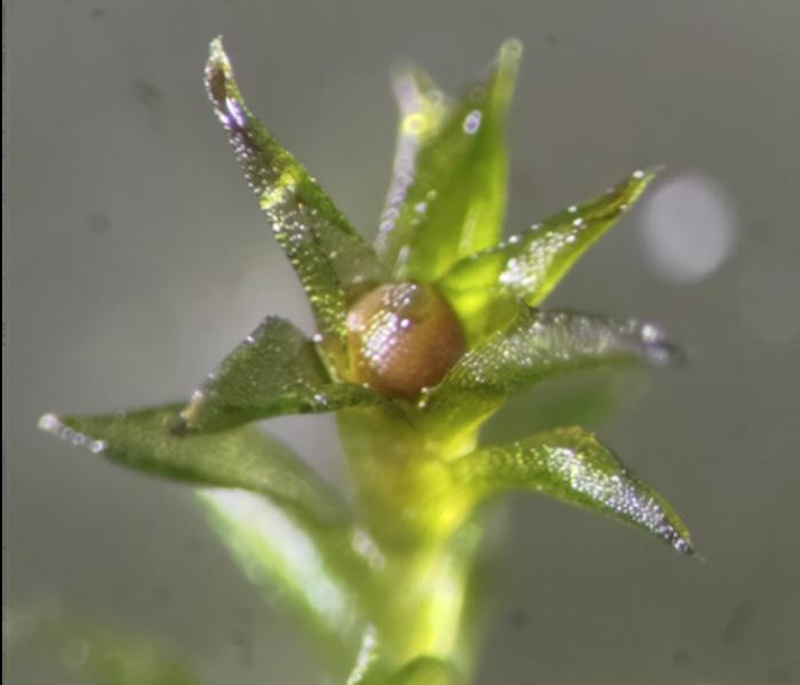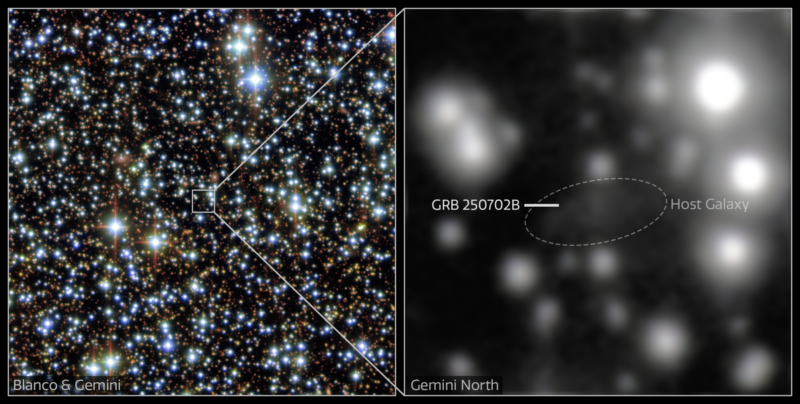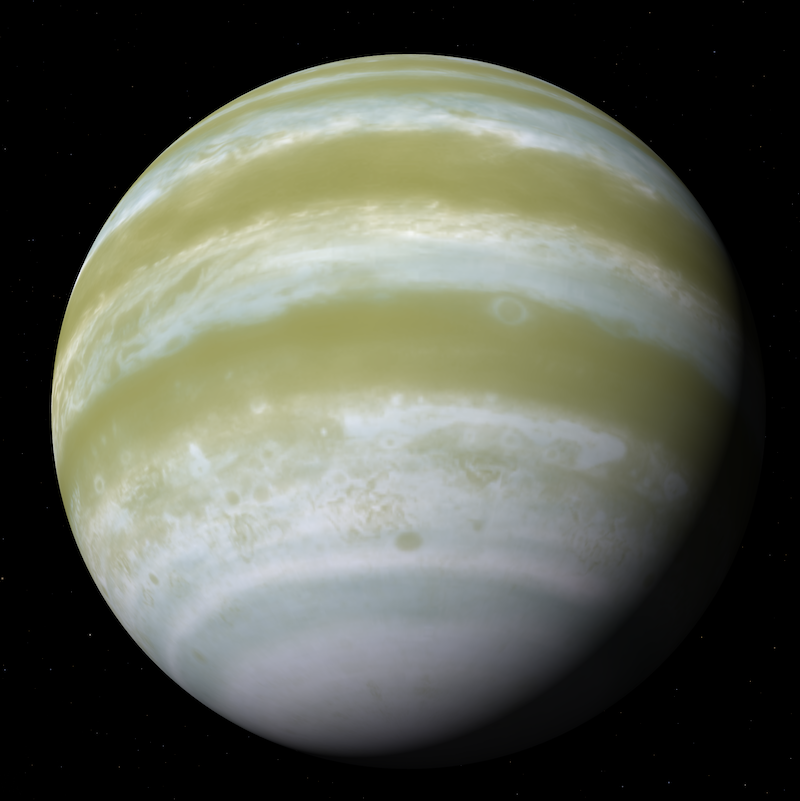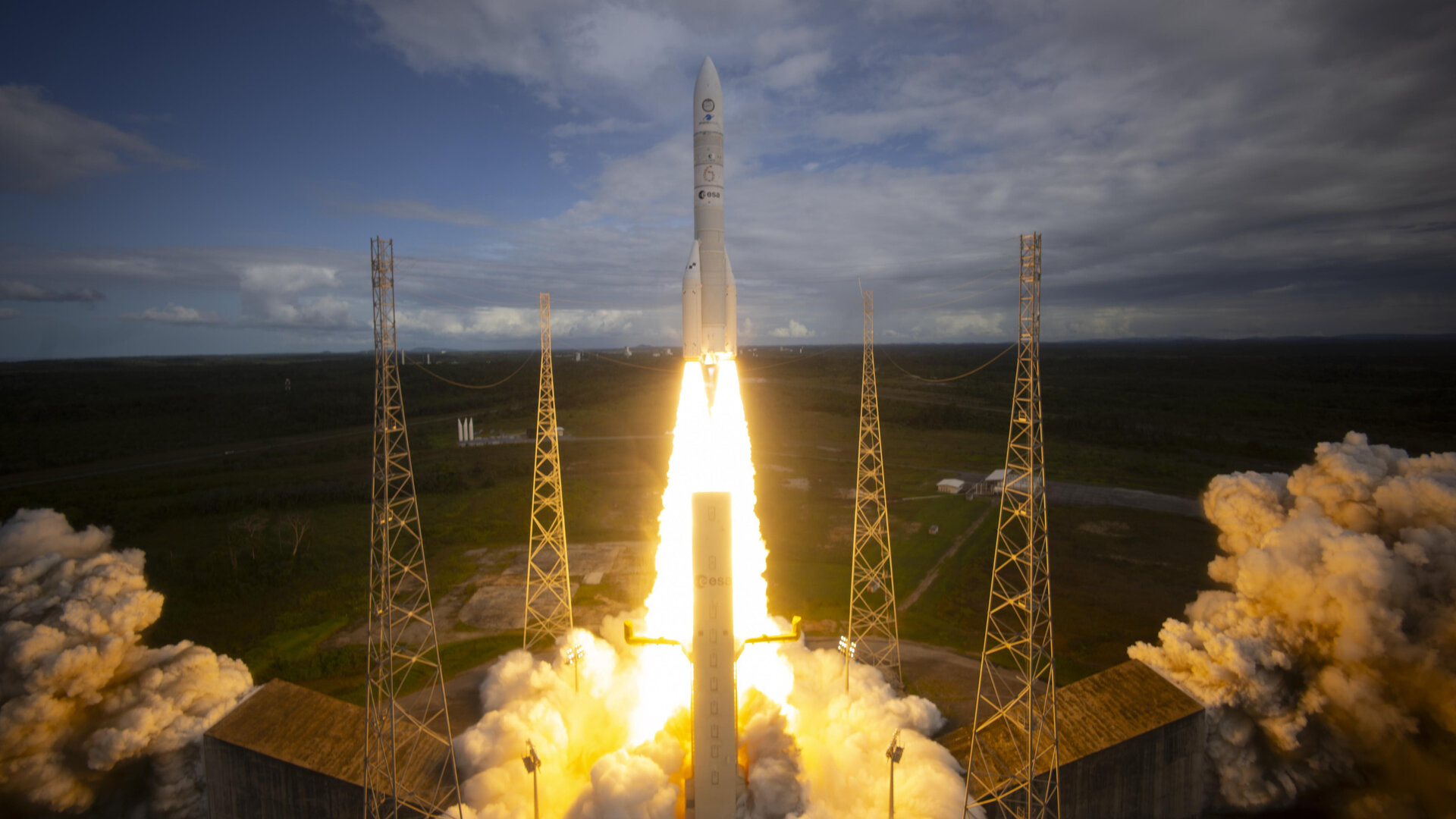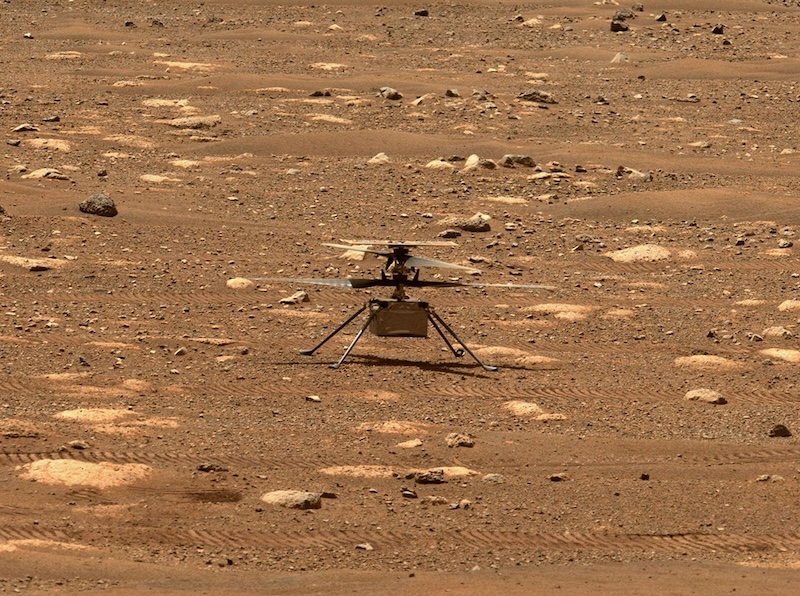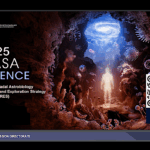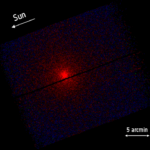Now Reading: How to catch a supernova explosion before it happens
-
01
How to catch a supernova explosion before it happens
How to catch a supernova explosion before it happens
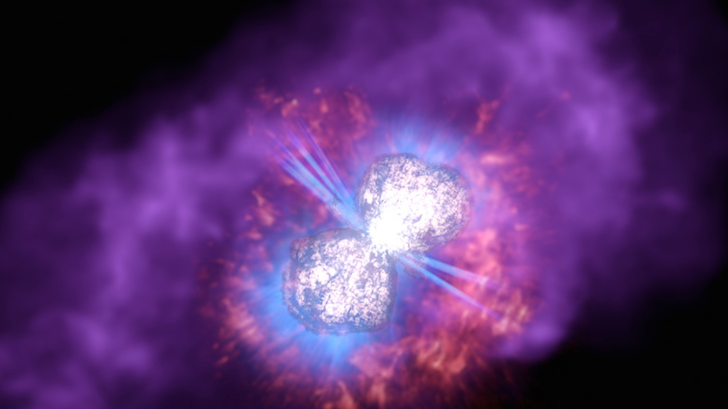

- How do we know if a star is about to go supernova Some stars give no warning while others have slowly brightened or flickered before exploding.
- Not all stars erupt in a true supernova. Other stars, like Eta Carinae, have great eruptions that don’t blow themselves entirely apart.
- Stars in multiple star systems might interact with each other in a way that lets astronomers know that one of the stars is about to explode. The Vera C. Rubin Observatory will help search for supernova precursors, so astronomers can catch more stars in the act of erupting.
By Seán Brennan, Stockholm University
How to catch a supernova explosion before it happens
Stars are born, live and die in spectacular ways, with their deaths marked by one of the biggest known explosions in the universe. Like a campfire needs wood to keep burning, a star relies on nuclear fusion – primarily using hydrogen as fuel – to generate energy and counteract the crushing force of its own gravity.
But when the fuel runs out, the outward pressure vanishes, and the star collapses under its own weight. It falls inward at nearly the speed of light, crashing into the core and rebounding outward. Within seconds, the star violently blows itself apart. It hurls stellar debris into space at speeds thousands of times faster than the most powerful rocket ever built. This is a supernova explosion.
Astronomers aim to understand what types of stars produce different kinds of explosions. Do more massive stars result in brighter explosions? What happens if a star is surrounded by dust and gas when it explodes?
Finding a star that’s ready to blow
While we have simulations modeling a star’s death, they are difficult to validate. Observing a star’s behavior in real-time before the explosion could help answer these questions … but finding such a star is no easy task.
Scientists already do this with eruptions on Earth. Volcanologists monitor volcanoes, measuring changes in activity to predict an upcoming eruption. For example, in March 1980, Mount St. Helens in the U.S. began to show some precursor events, such as seismic activity, and dozens of steam eruptions ejecting ash and gas into the atmosphere.
Two months later, an earthquake triggered the largest landslide ever recorded, releasing built-up pressure in the magma chamber, resulting in a catastrophic eruption that devastated an area of over 230 square miles (600 square km).
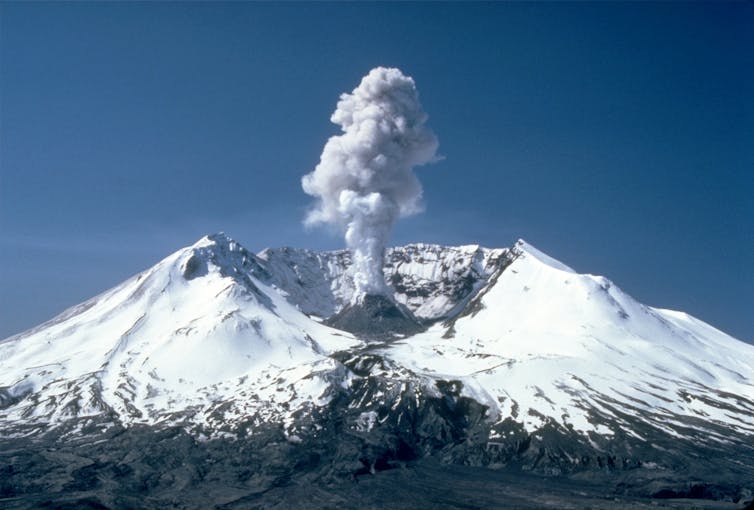
Pre-supernova eruptions
Massive stars – larger than around 10 times the mass of the sun – can do the same thing, albeit at much larger scales. In 2009, astronomers observed a bright event 65 million light-years away that on first impression resembled a supernova explosion.
Dubbed SN 2009ip, the explosion did not brighten as expected. Scientists reclassified it shortly after discovery as a “supernova impostor,” a giant eruption which ultimately does not destroy the star.
Over the next three years, the star underwent many rapid “flickering” events, a bit like quickly turning on and off a light bulb. Finally, in 2012, an unexpected supernova occurred. Scientists are still studying the evolution of the supernova explosion to this day. And what exactly happened from 2009 to 2012 remains a mystery.
Our team published a recent paper in Astronomy and Astrophysics about a peculiar star in the Virgo Cluster, coincidentally also 65 million light-years away. Unlike SN 2009ip, the star lacked hydrogen and consisted primarily of helium. The star slowly increased its brightness for over five years – akin to slowly turning on a bulb using a dimmer switch – before it went supernova.
That supernova, SN 2023fyq, provided astronomers with a rare opportunity. Observatories worldwide and in space captured the first light from the supernova explosion, known as shock breakout, largely due to the daily monitoring of the precursor activity.
Multiple stars and supernovas
This precursor activity offers an exciting chance to uncover the mysteries of supernova explosions, shedding light on both the conditions leading up to and following these cosmic events.
The underlying cause of this pre-supernova activity remains unclear. Scientists think an isolated massive star does not experience such rapid fluctuations in brightness. In the final moments of a star’s life, its core undergoes rapid evolution, desperately attempting to counteract the crushing force of gravity with its dwindling fuel reserves.
However, the star is so large at this stage that any activity in the core doesn’t have enough time to reach the surface. Observing these dramatic changes, occurring so close to the star’s demise, present a significant challenge to current theories.
One compelling hypothesis points to the interaction of multiple stars. Stars are born in dense clouds of gas and dust where multiple stars can form in close proximity. Neighboring stars may interact gravitationally with one another, exchanging material as they orbit each other.
This mass transfer could account for the changes in brightness observed in SN 2009ip before its explosion and the hydrogen deficiency we saw in SN 2023fyq. The companion involved might be another massive star, or perhaps a more exotic object, such as a black hole.
We know not all eruptions will not end in a supernova explosion. For example, in the 1840s, Eta Carinae – a star 100 times larger than the sun – experienced the Great Eruption. It launched 30 times the sun’s mass into space. Although this was an extremely energetic explosion, the massive star was not destroyed.
Watching for signals of a supernova
Do all stars announce their departure? We aren’t sure. We have observed seemingly normal supernovas with precursor eruptions, thanks in part to deep observations catching the faint precursor activity.
In 2025, the Vera C. Rubin Observatory, equipped with the world’s largest camera, will begin to study these events. At 3,200 megapixels, it is over 40 times more sensitive than cameras we have available on Earth. The observatory provides us the opportunity to search for fainter precursor activity.
At Stockholm University, our team is currently using telescopes from the European Southern Observatory and the Zwicky Transient Facility. This includes the Nordic Optical Telescope in La Palma, Spain, and the Very Large Telescope at Cerro Paranal in the Atacama Desert of northern Chile. We use them to identify the signs that indicate a star is nearing the end of its life.
By recognizing these signals, we can alert the scientific community and be ready to watch as a star experiences its final, dramatic moments.![]()
Seán Brennan, Postdoctoral Reseracher in the Supernova and Explosive Transient Group, Stockholm University.
This article is republished from The Conversation under a Creative Commons license. Read the original article.
Bottom line: Astronomers are looking for signals that a star is about to go supernova. Some stars give no warning while others have slowly brightened before exploding. The new Vera C. Rubin Observatory coming online will aid in the search.
Read more: Betelgeuse is dimming again. When will it explode?
The post How to catch a supernova explosion before it happens first appeared on EarthSky.
Stay Informed With the Latest & Most Important News
Previous Post
Next Post
-
 012024 in Review: Highlights from NASA in Silicon Valley
012024 in Review: Highlights from NASA in Silicon Valley -
 02Panasonic Leica Summilux DG 15mm f/1.7 ASPH review
02Panasonic Leica Summilux DG 15mm f/1.7 ASPH review -
 03From Polymerization-Enabled Folding and Assembly to Chemical Evolution: Key Processes for Emergence of Functional Polymers in the Origin of Life
03From Polymerization-Enabled Folding and Assembly to Chemical Evolution: Key Processes for Emergence of Functional Polymers in the Origin of Life -
 04How New NASA, India Earth Satellite NISAR Will See Earth
04How New NASA, India Earth Satellite NISAR Will See Earth -
 05And Thus Begins A New Year For Life On Earth
05And Thus Begins A New Year For Life On Earth -
 06Astronomy Activation Ambassadors: A New Era
06Astronomy Activation Ambassadors: A New Era -
07SpaceX launch surge helps set new global launch record in 2024












